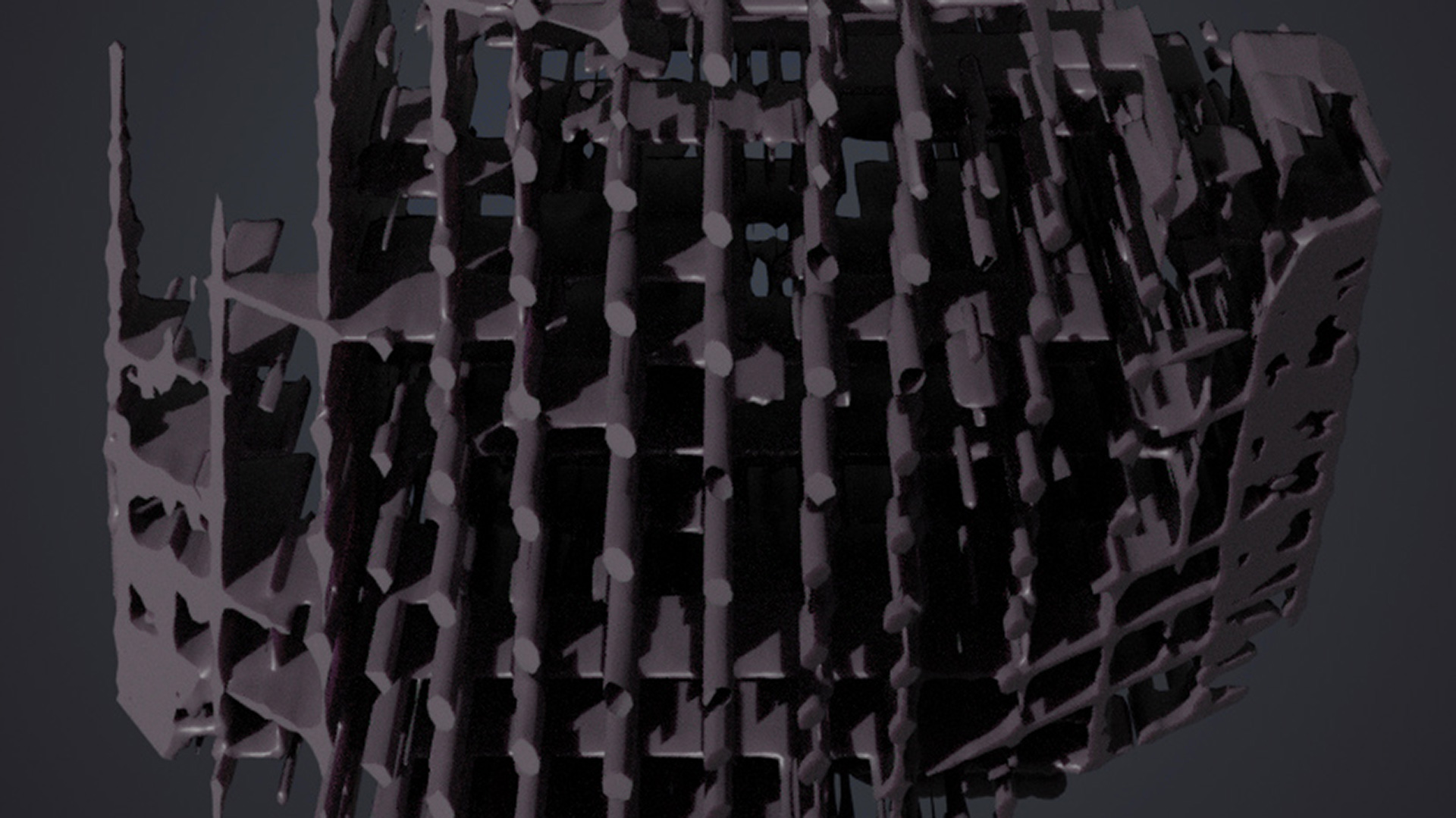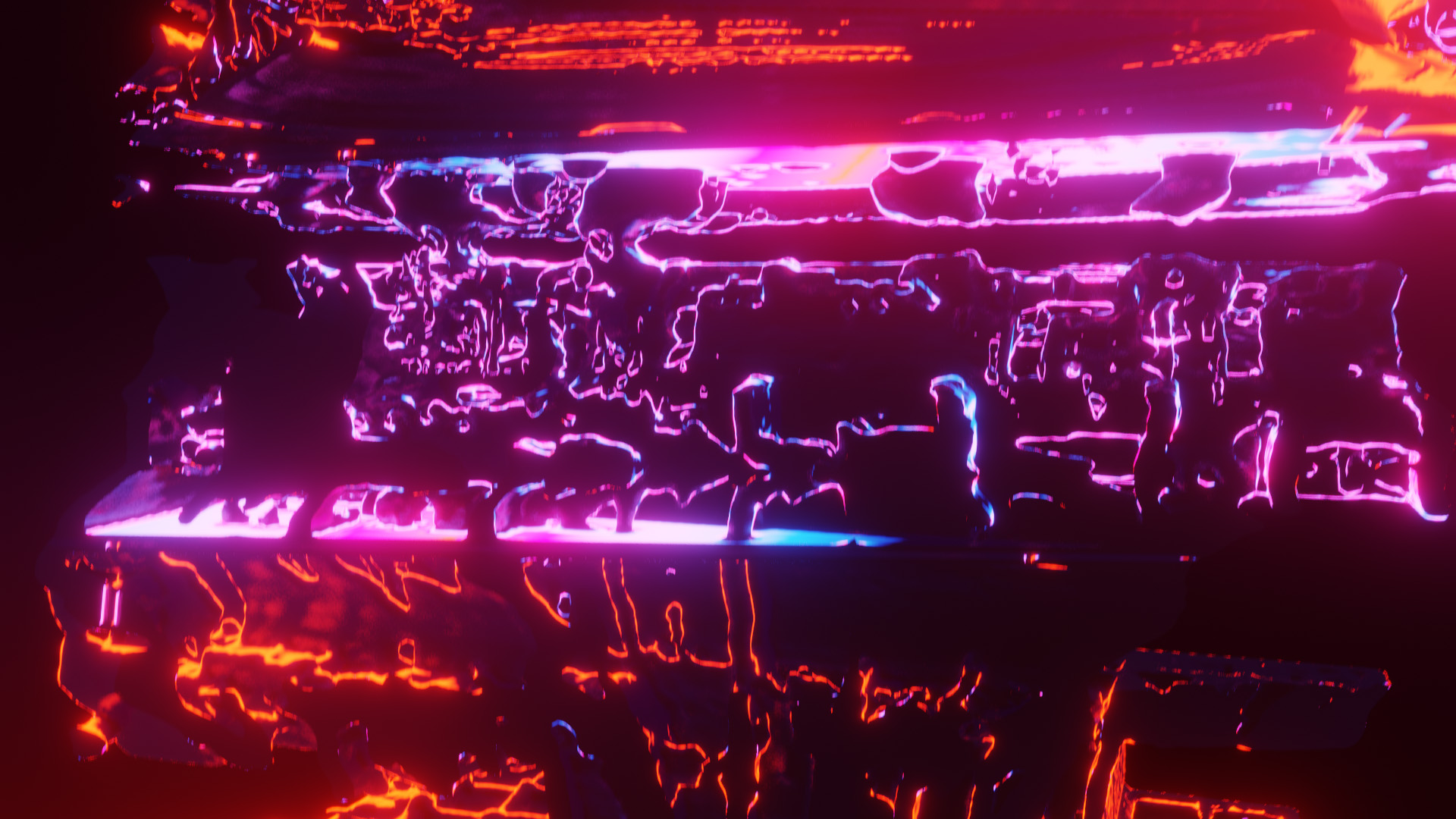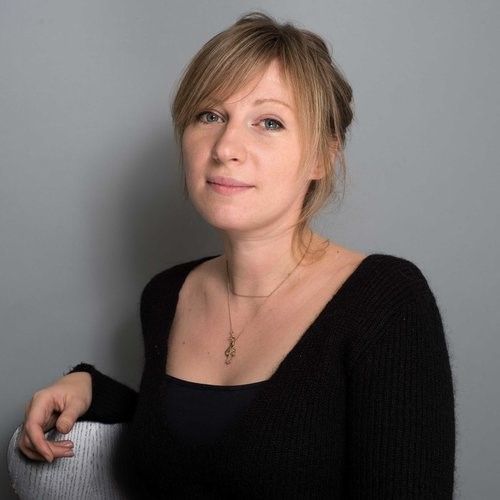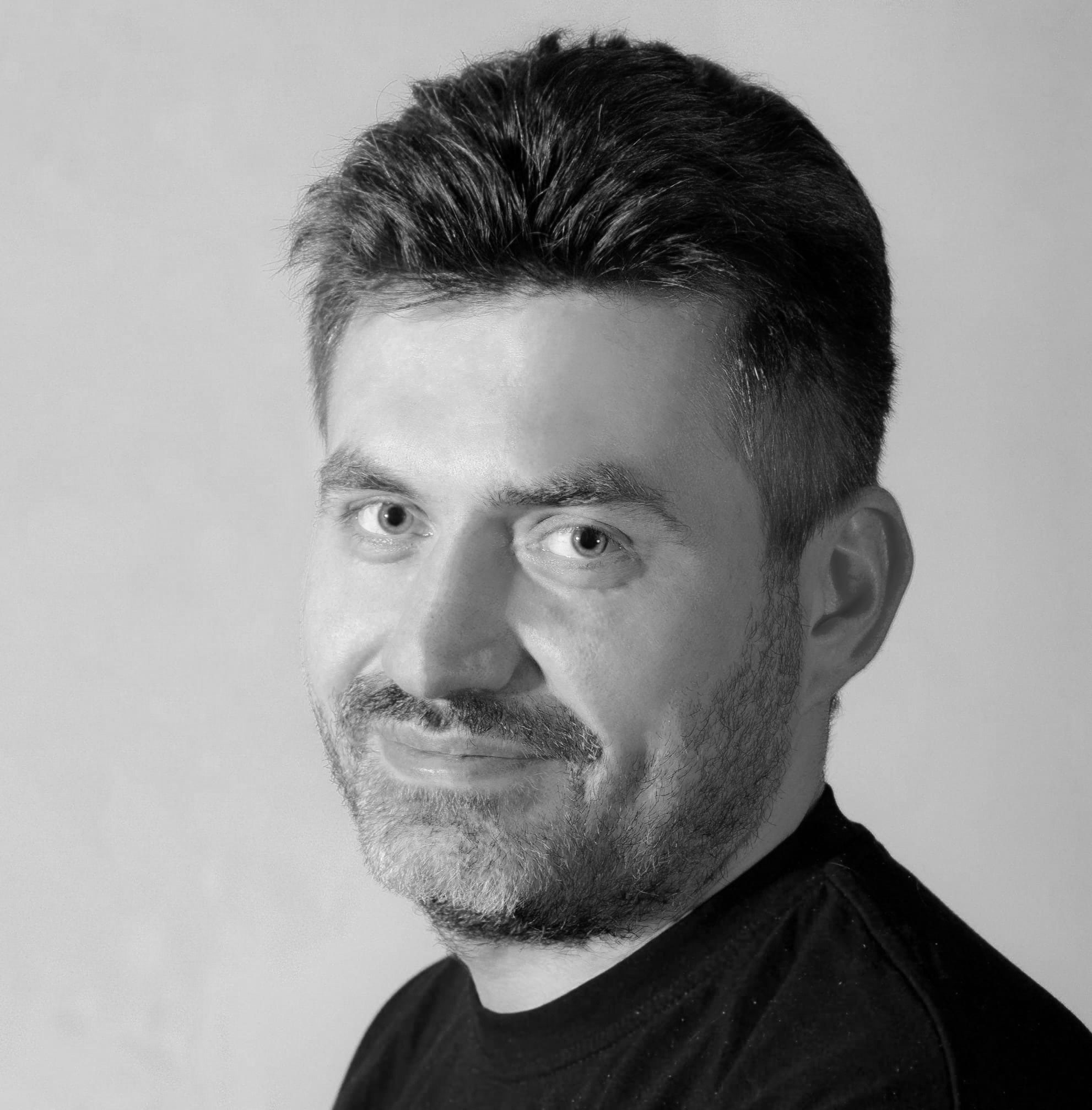Artificial Intelligence | Online Workshop | Russian | Europe-Mideast-Africa
Description:
Tutors: Eduard Haiman and Katya Larina
Objectives:
We are planning to experiment with the AI mapping technique, which would allow us to escape the traditional ‘snapshot perception’ of the territories we live in.
We will transform the traditional sequence of maps and satellite imagery into an intelligent device that would communicate to us the dynamics of the territories - processes of their growth, evolution and deterioration. Using the AI capacity, we will layer the satellite data to extract these hidden dynamics and visualise them as 3 and 4-dimensional forms.
Methodology:
During our workshop, we are going to explore the potential of generative adversarial networks (GAN) and territorial data as an animated sequence of continuous images.
Via volumetric algorithms, these images will be transformed to static or dynamic geometry of speculative landscapes.
This geometry will be reflecting the transformation of the territory; it will allow us to capture spatial transformation in time into a single geometrical object.
The workshop's outcome will be a collection of 3-dimensional data sculptures represented in images, animations and models for 3d printing.
During the workshop, we will use a multi-technological stack. It will include:
• Google colab (should be signed up)
• StyleGAN
• Google Earth Engine (should be signed up)
• After Effects (basic+, should be installed)
• Rhino 5 (basic+, should be installed)
• Grasshopper (basic+)
• Monolith (zero+, should be installed from food4rhino.com)
• Blender or other 3d software for rendering and animation (basic+, should be installed)


Key Words:
нейронные сети,динамические процессы,исследование территории,дигитоцен
Required Skills:
Rhino (basic+), Grasshopper (basic+), After Effects (0+), Blender or other 3d software for rendering and animation (basic+), Google Colaboratory (0+)
Required Software:
Rhino5+, Grasshopper, Monolith (should be installed from food4rhino.com), Blender or other 3d software for rendering and animation, After Effects, Google Earth Engine (should be signed up)
Required Hardware:
PC or Mac
Maximum number of participating students:
15
Objectives:
We are planning to experiment with the AI mapping technique, which would allow us to escape the traditional ‘snapshot perception’ of the territories we live in.
We will transform the traditional sequence of maps and satellite imagery into an intelligent device that would communicate to us the dynamics of the territories - processes of their growth, evolution and deterioration. Using the AI capacity, we will layer the satellite data to extract these hidden dynamics and visualise them as 3 and 4-dimensional forms.
Methodology:
During our workshop, we are going to explore the potential of generative adversarial networks (GAN) and territorial data as an animated sequence of continuous images.
Via volumetric algorithms, these images will be transformed to static or dynamic geometry of speculative landscapes.
This geometry will be reflecting the transformation of the territory; it will allow us to capture spatial transformation in time into a single geometrical object.
The workshop's outcome will be a collection of 3-dimensional data sculptures represented in images, animations and models for 3d printing.
During the workshop, we will use a multi-technological stack. It will include:
• Google colab (should be signed up)
• StyleGAN
• Google Earth Engine (should be signed up)
• After Effects (basic+, should be installed)
• Rhino 5 (basic+, should be installed)
• Grasshopper (basic+)
• Monolith (zero+, should be installed from food4rhino.com)
• Blender or other 3d software for rendering and animation (basic+, should be installed)


Schedule:
Jun 27 - Jul 1
-
Day 1 / Jun 27
-
Day 2 / Jun 28
-
Day 3 / Jun 29
-
Day 4 / Jun 30
-
Day 5 / Jul 1
Instructors:
-
 Katya Larina UCL Bartlett, AA School of Architecture, FEHA,Course TutorKatya Larina is currently an Associate at Gustafson Porter + Bowman Landscape practice. Katya studied urban design and architecture in Russia and later received a Masters degree in Landscape Urbanism from the Architectural Association, London. Katya is a course tutor at Landscape Design Master Program at Bartlett UCL and a design tutor at Architectural Association, London. She has co-directed a series of workshops in collaboration with the ‘Summer at Strelka’ and the IAAC Summer School. Katya engages in the introduction of advanced design methods in urban strategies and architectural design practice and is interested in multidisciplinary projects integrating knowledge from sociology, economy, planning and ecology to deal with critical urban environments. Katya is researching Russian Industrial Arctic cities and the decline of former Soviet ‘secret cities’ formerly engaged in classified scientific programmes.
Katya Larina UCL Bartlett, AA School of Architecture, FEHA,Course TutorKatya Larina is currently an Associate at Gustafson Porter + Bowman Landscape practice. Katya studied urban design and architecture in Russia and later received a Masters degree in Landscape Urbanism from the Architectural Association, London. Katya is a course tutor at Landscape Design Master Program at Bartlett UCL and a design tutor at Architectural Association, London. She has co-directed a series of workshops in collaboration with the ‘Summer at Strelka’ and the IAAC Summer School. Katya engages in the introduction of advanced design methods in urban strategies and architectural design practice and is interested in multidisciplinary projects integrating knowledge from sociology, economy, planning and ecology to deal with critical urban environments. Katya is researching Russian Industrial Arctic cities and the decline of former Soviet ‘secret cities’ formerly engaged in classified scientific programmes. -
 Eduard Haiman Habidatum,Chief design officerEduard Haiman is a multidisciplinary designer who works in the fields of urbanism, architecture, art, and software engineering. His activities are aimed at the study and development of data-driven and computational approaches at the intersection of disciplines. In 2010 he found the research and education initiative Branch Point that focused on the computational approach in architectural design — a unicorn in its field in Russia for a long time. During his research and education activities, he has been cooperating with many Russian universities as an associate professor, curator, and tutor. Includes a curating of architectural courses PRO in MARCH Architecture School to the present, curating a master’s program of Digital Art —Da shortlisted in The Innovation Prize, a curating of courses for urban planning and data visualization in Shukhov Lab, a division of the HSE University. In 2020 he’s began co-founder a Digitocene artistic research movement. In the practical activity, he led the labor R&D lab focused on new interactive media experiences. He was the co-founder of the studio of digital art Mathrioshka, that commissioned installations to well-known global art festivals like Ars Electronica. As a collaborator and individual, he is a participant and awardee in Russian and international competitions in the fields of architecture, graphic design, art, urban planning. He is a Chief Design Officer and partner of Habidatum — a company founded at the dawn of early big-data urban analysis. Also, Edward publicly acts as an expert on data-driven urbanism, urban analysis, computational evolution of architecture, parametric and generative architecture, art, and design.
Eduard Haiman Habidatum,Chief design officerEduard Haiman is a multidisciplinary designer who works in the fields of urbanism, architecture, art, and software engineering. His activities are aimed at the study and development of data-driven and computational approaches at the intersection of disciplines. In 2010 he found the research and education initiative Branch Point that focused on the computational approach in architectural design — a unicorn in its field in Russia for a long time. During his research and education activities, he has been cooperating with many Russian universities as an associate professor, curator, and tutor. Includes a curating of architectural courses PRO in MARCH Architecture School to the present, curating a master’s program of Digital Art —Da shortlisted in The Innovation Prize, a curating of courses for urban planning and data visualization in Shukhov Lab, a division of the HSE University. In 2020 he’s began co-founder a Digitocene artistic research movement. In the practical activity, he led the labor R&D lab focused on new interactive media experiences. He was the co-founder of the studio of digital art Mathrioshka, that commissioned installations to well-known global art festivals like Ars Electronica. As a collaborator and individual, he is a participant and awardee in Russian and international competitions in the fields of architecture, graphic design, art, urban planning. He is a Chief Design Officer and partner of Habidatum — a company founded at the dawn of early big-data urban analysis. Also, Edward publicly acts as an expert on data-driven urbanism, urban analysis, computational evolution of architecture, parametric and generative architecture, art, and design.